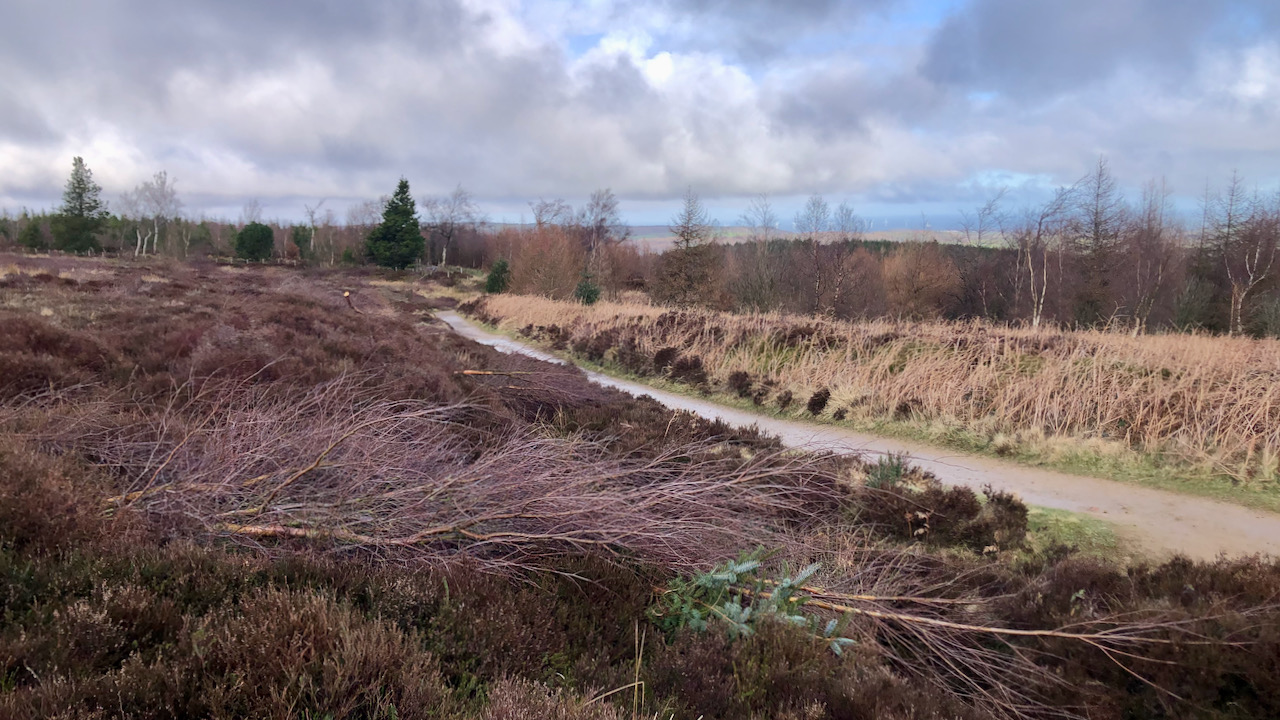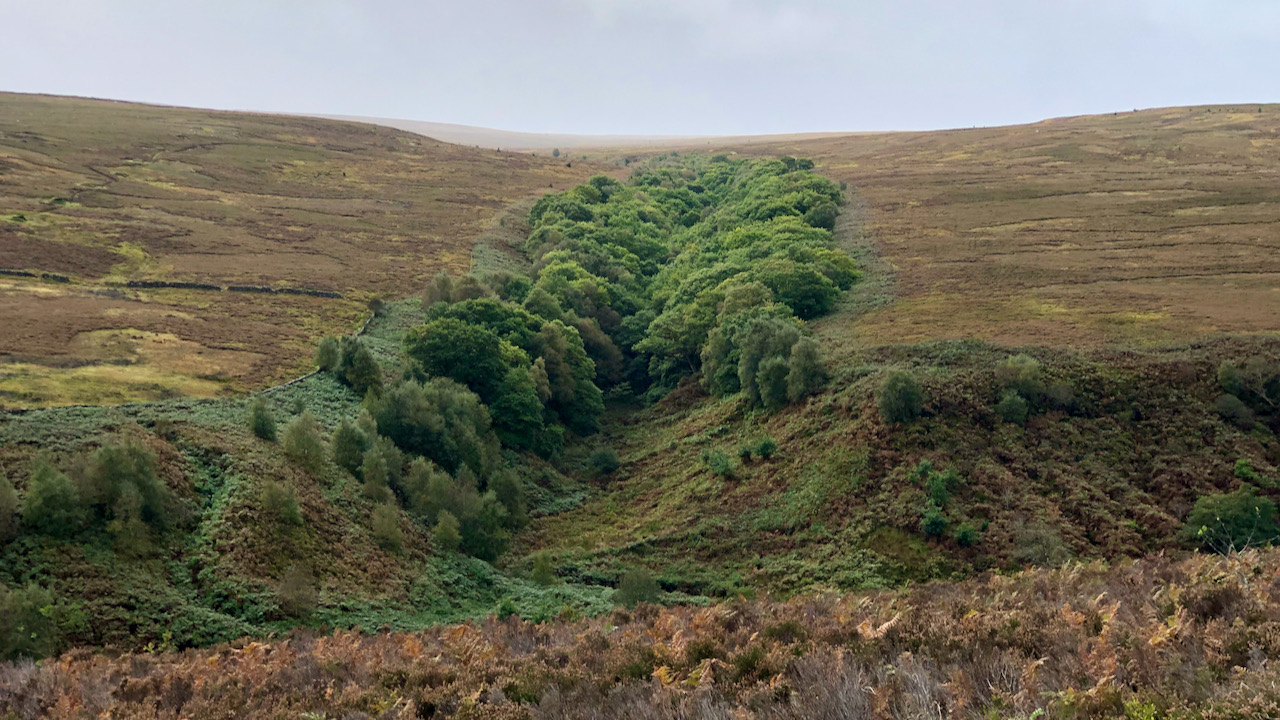Tag: ecology
-

Kirkstone Beck
It has been two years since I was last this far up Patterdale, and I see there’s been quite a bit of change to Kirkstone Beck, thanks to work carried out by the National Trust. As in many dales of the Lake District, Kirkstone Beck used to flow in a canalised channel, modified over the…
-

Hutton Moor — Biodiversity vs. Profit
This is Hutton Moor at the northern end of the Percy Cross Rigg track. I see that the self-seeded birch and spruce that have sprouted on the heather moorland have been unceremoniously cut down. The rationale is clear; if left unchecked, the moorland will eventually transform into a birch woodland. However, this does come at…
-

Life finds a way
Am I on an arboreal theme this week? A toppled tree trunk, adorned with vibrant green moss and saprophytic reddish-brown fungi. The presence of the latter suggests that the tree has been dead for some time. But is it truly lifeless? Fungi, the decomposers in this woodland ecosystem, toil away, breaking down deceased trees and…
-

Roseberry Topped Reflection
I recently read an article about the ecology of puddles, revealing their significance as habitats for certain invertebrate species. These small, transient pools offer a refuge from larger predators and competitors due to their isolated and short-lived nature. Many of these puddles hold high conservation value, housing rare specialist creatures. Noteworthy examples include the fairy shrimps…
-

Ayton Banks Ironstone Mine — its legacy
Playing with my new tripod, a Christmas goodie. I do like the motion blur effect of long exposures. The water is draining from the Ayton Banks ironstone mine, the stone of which turned out to be poor-quality, leading to the mine’s brief existence. It had opened in the first decade of the 20th-century but closed…
-

Wildlife in Peril: The State of Nature Report/The Felling of the Sycamore
Two pressing matters have graced the headlines this week. First, the State of Nature report has been published, casting a dire shadow upon the condition of the UK’s wildlife. The findings are nothing short of catastrophic — one in six species teeters on the brink of potential extinction. The population of 753 land and freshwater…
-

The Tees Rivers Trust’s vision for a fish pass at Ingleby Weir
I came across an interesting Facebook post about The Tees Rivers Trust’s proposal to construct a fish pass near the weir on Ingleby Beck. The purpose of this pass is to enable fish to migrate upstream, as weirs pose a significant barrier for small fish. While I’m unsure about the exact commencement date of the…
-

An echo of the past silenced as hawthorn trees are felled — a loss for nature and history
Three years ago I lamented on the felling of a patch of semi-open woodland on the southern flank of Roseberry Topping. It was a parcel of scattered trees, mostly Hawthorn, the felling of which was a significant loss, not only in terms of its wild beauty but also its ecological importance. Hawthorn trees provide food,…
-

“With great power comes great responsibility”
So said Spiderman. It’s a pity those who manufactured, sold, or brought this balloon didn’t show any responsibility. I’m not sure what it’s made of — some sort of petrochemical material no doubt. ‘Mylar‘ is one brand make for these helium-filled balloons. There are many reported cases of animals dying from ingesting discarded balloons, (here’s…
-

One of the few areas of natural moorland on the North York Moors
There are very few areas of relict semi-natural moorland to be found on the North York Moors which has not been extensively managed solely to maximise the grouse population. The National Trust’s Bridestones Moor is one such area and, visually, is currently at its best with the ling coming into bloom. Although the vegetation is…